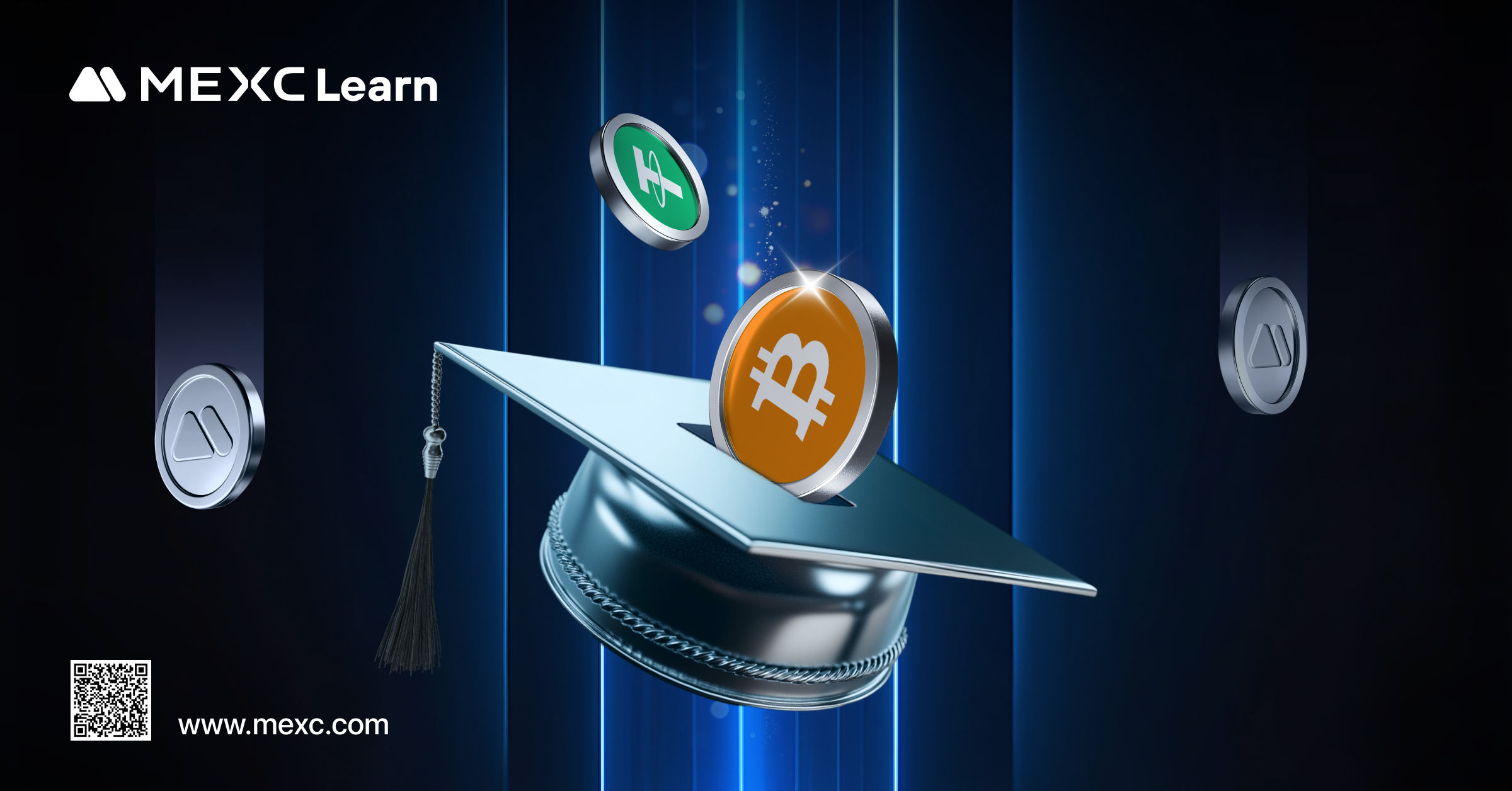Blockchain Technology Explained: The Underlying Architecture of Suiswap (SSWP)

What is Blockchain Technology?
Blockchain technology is a distributed ledger system that enables secure, transparent, and immutable record-keeping across a network of computers. At its core, blockchain consists of blocks of data linked chronologically in a chain, with each block containing transaction records that are verified through cryptographic methods rather than by a central authority. The relationship between blockchain and Suiswap (SSWP) is fundamental, as SSWP operates on a public blockchain—specifically, the SUI blockchain. This underlying technology provides SSWP with robust security features, decentralization advantages, and transparency capabilities that distinguish it from traditional financial systems. Unlike conventional databases managed by a single entity, SSWP's blockchain distributes data across thousands of nodes worldwide, making the SSWP ecosystem resistant to censorship, fraud, and single points of failure.
Core Components of Suiswap (SSWP)'s Blockchain Architecture
The distributed ledger technology (DLT) that powers SSWP functions as a synchronized database replicated across multiple locations. Unlike traditional systems where a central administrator maintains records, SSWP's DLT ensures that every network participant has access to an identical copy of the ledger, creating unprecedented transparency and accountability for SSWP users.
Consensus Mechanism:
Suiswap (SSWP) leverages the consensus mechanism of the SUI blockchain, which is designed for high throughput and low latency. This process involves network participants collaborating to verify SSWP transactions, with successful validators receiving rewards such as newly minted tokens or transaction fees. This mechanism ensures SSWP network security and integrity while preventing double-spending and fraudulent transactions.
Smart Contracts:
Smart contracts within the Suiswap (SSWP) ecosystem are self-executing agreements with the terms directly written in code. These contracts automatically execute when predetermined conditions are met, enabling trustless interactions without intermediaries. In SSWP's network, smart contracts facilitate automated transactions, decentralized applications (dApps), and programmable token functionalities that enhance the versatility and utility of the SSWP ecosystem.
Block Structure:
The structure of SSWP's blockchain consists of interconnected blocks, each containing a cryptographic hash of the previous block, a timestamp, and transaction data. This design creates an immutable chain where altering any information would require consensus from the majority of the network, making SSWP's blockchain highly resistant to tampering and manipulation.
Common Misconceptions About Suiswap (SSWP)'s Blockchain
One common misconception about SSWP's blockchain is that it is completely anonymous. In reality, Suiswap (SSWP) offers pseudonymity, where SSWP transactions are publicly visible but not directly linked to real-world identities. This distinction is important for SSWP users concerned about privacy, as transaction patterns can potentially be analyzed to identify users.
Another misconception is that SSWP's blockchain can process unlimited transactions instantly. The truth is that SSWP currently handles a finite number of transactions per second, which may be more or less than traditional payment processors depending on network conditions. The SSWP development team is addressing this through ongoing protocol upgrades and potential scaling solutions.
Energy consumption is also widely misunderstood. Unlike energy-intensive blockchains, SSWP benefits from the SUI blockchain's efficient consensus mechanism, resulting in significantly lower energy usage and a smaller carbon footprint for Suiswap (SSWP) compared to traditional banking systems or other cryptocurrencies.
Security concerns often stem from misconceptions rather than actual vulnerabilities. While critics claim SSWP's blockchain is susceptible to hacking, the Suiswap (SSWP) network has maintained robust security with no successful attacks on its core protocol. The majority of security incidents involving SSWP have occurred at exchanges or in user wallets, not within the SSWP blockchain itself.
Getting Started with Suiswap (SSWP)'s Blockchain
Interacting with SSWP's blockchain begins with setting up a compatible wallet. Users can choose from official desktop wallets, mobile applications, hardware wallets, or web-based interfaces depending on their security needs and convenience preferences. Once set up, users can send, receive, and store SSWP tokens while directly connecting to the Suiswap (SSWP) blockchain network.
For those looking to explore SSWP's blockchain more deeply, recommended tools include blockchain explorers for tracking SSWP transactions, development frameworks for building applications on Suiswap (SSWP), and testing networks for experimenting without using real tokens. These resources provide invaluable insights into the inner workings of the SSWP blockchain and allow for hands-on learning without financial risk.
New SSWP users should follow essential best practices, including backing up wallet recovery phrases, using strong, unique passwords, enabling two-factor authentication when available, and verifying all Suiswap (SSWP) transaction details before confirming. Additionally, starting with small amounts of SSWP and gradually increasing engagement as comfort grows can help mitigate potential losses while learning.
For comprehensive educational resources, market insights, and detailed guides on SSWP's blockchain, visit MEXC's Knowledge Base or Academy. MEXC offers beginner-friendly tutorials, advanced technical analyses, and regular updates on Suiswap (SSWP) development. Create an account today to access these resources and join a community of SSWP blockchain enthusiasts.
Conclusion
Suiswap (SSWP)'s blockchain combines distributed ledger technology with advanced cryptography to create a secure and transparent system for digital transactions. This architecture enables SSWP to offer unique advantages over traditional financial systems. Ready to apply this knowledge? Check out our "Suiswap (SSWP) Trading Complete Guide" for practical SSWP trading strategies and step-by-step instructions. Start learning about SSWP today.